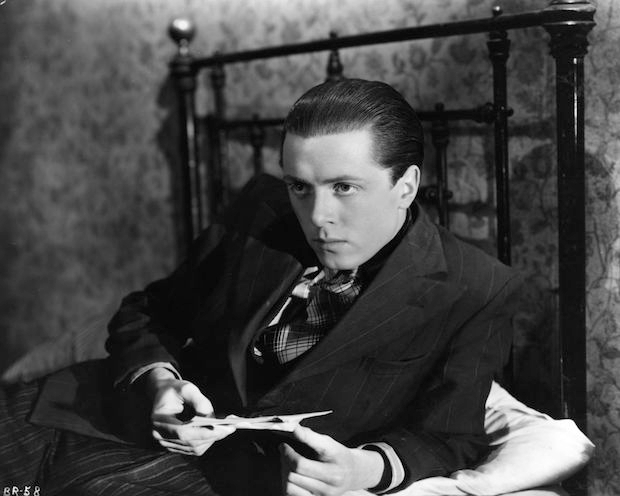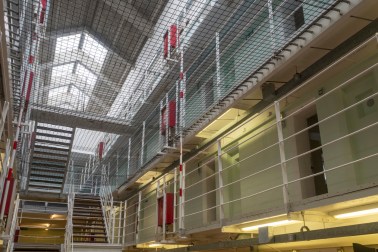Jurassic Park has a lot to answer for. When I was growing up, I was convinced Richard Attenborough was a real dinosaur scientist. I was also convinced that Richard was David. When I became a bit older and wiser, and grew to realise there could be two Attenboroughs, I came to the conclusion that Richard might just be famous for being David’s brother. My problem with understanding how Richard fitted into the world was that, though he was ubiquitous, it wasn’t entirely clear to me (in the mid 90s) exactly why.
Then I saw Brighton Rock… It’s a shame his later behind-the-scenes big-shot-ery so overshadowed his prolific earlier acting career. Between 1945 and 1971 he starred in two movies a year. He was versatile and industrious and blessed with directors who realised that his boyish good looks could quite easily turn nasty and piggy with a bit of help from a good script.
That productive postwar period is usually represented by one film, Brighton Rock (1947), in which Attenborough played Graham Greene’s sweaty psychopath Pinky:
Far more impressive things were to come, however, such as his barnstorming performance as the bullying Regimental Sergeant Major Lauderdale in the Guns at Batasi (1964), for which he won a BAFTA:
He was part of two memorable ensembles (in A Matter of Life and Death and The Great Escape) and collaborated with several greats (including Satyajit Ray and Otto Preminger). But his finest turn was as the sinister Yorkshire serial killer John Christie in 10 Rillington Place (1971).
He made 12 films as a director. All of them high-minded tear-jerkers, all of which drew praise at the time, but few of which would now make it onto anyone’s greatest movie list. The Spectator was cautiously positive about his directorial debut with Oh, What a Lovely War (1969), describing the final scene as a ‘grave, audacious and overwhelming way to end a picture’.
His two Academy awards came for Gandhi (1982). He won further awards for Chaplin (1992) and Shadowlands (1993), about C.S. Lewis:






Comments